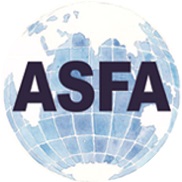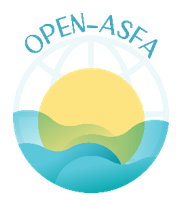Screening de l’activité anti-microfouling d’algues vertes récoltées sur la côte nord tunisienne
DOI:
https://doi.org/10.71754/instm.bulletin.v38.573Keywords:
Marine fish, Fouling, Molecular structure, Algicides, Antifouling substances, Phytoplankton, Antibiotics, Seaweeds, Seaweed products, Algae, Paints, Ulva rigida, Codium, Enteromorpha linza, Caulerpa, Cladophora laetivirens, Isochrisis tahiti, Bacillariophyceae, Bryopsis muscosa, Codium bursa, Tetraselmis suecica, Caulerpa prolifera, Caulerpa racemosa, Codium fragile, Chaetomorpha linum, Halimeda tuna, Chaetoceros calcitrans, Marine, Tunisia, North CoastAbstract
Marine biofouling interests any immersed structure leading to economically important damages. Paints used to warn biofouling, use organostanic biocides which turned out to be very toxic and raise important environmental problems. The present work aimed to assess Tunisian seaweeds use for natural products extraction as substitute to toxic antifouling substances. Thus, anti-microfouling potential of organic extracts of 10 species of green seaweeds: Enteromorpha linza, Ulva rigida, Chaetomorpha linum, Cladophora laetivirens, Codium bursa, fragile Codium, Caulerpa prolifera, Caulerpa racemosa var. cylindracea , Halimeda tuna and Bryopsis muscosa , were analysed. Antibacterial activity was tested towards 12 bacteria strains: Gram (-) and Gram (+) (mainly marine species) and 8 fouling bacteria. The seaweed Bryopsis muscosa showed a large spectrum of antibacterial activity and particularly on fouling bacteria. In second step, algicidal activity of crude extracts was tested against 3 microalgae species: a Diatom, an Haptophyceae and a Chlorophyceae. Results revealed seaweeds extracts inhibition mainly against the diatom Chaetoceros calcitrans. Codium fragile extract showed the highest algicidal activity












